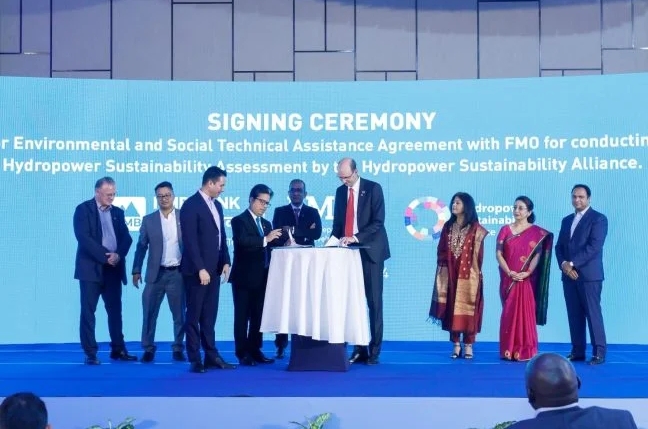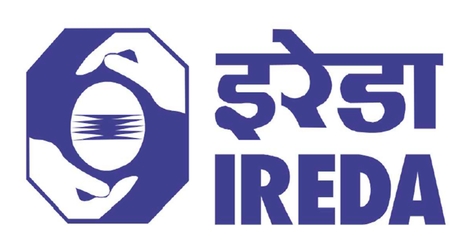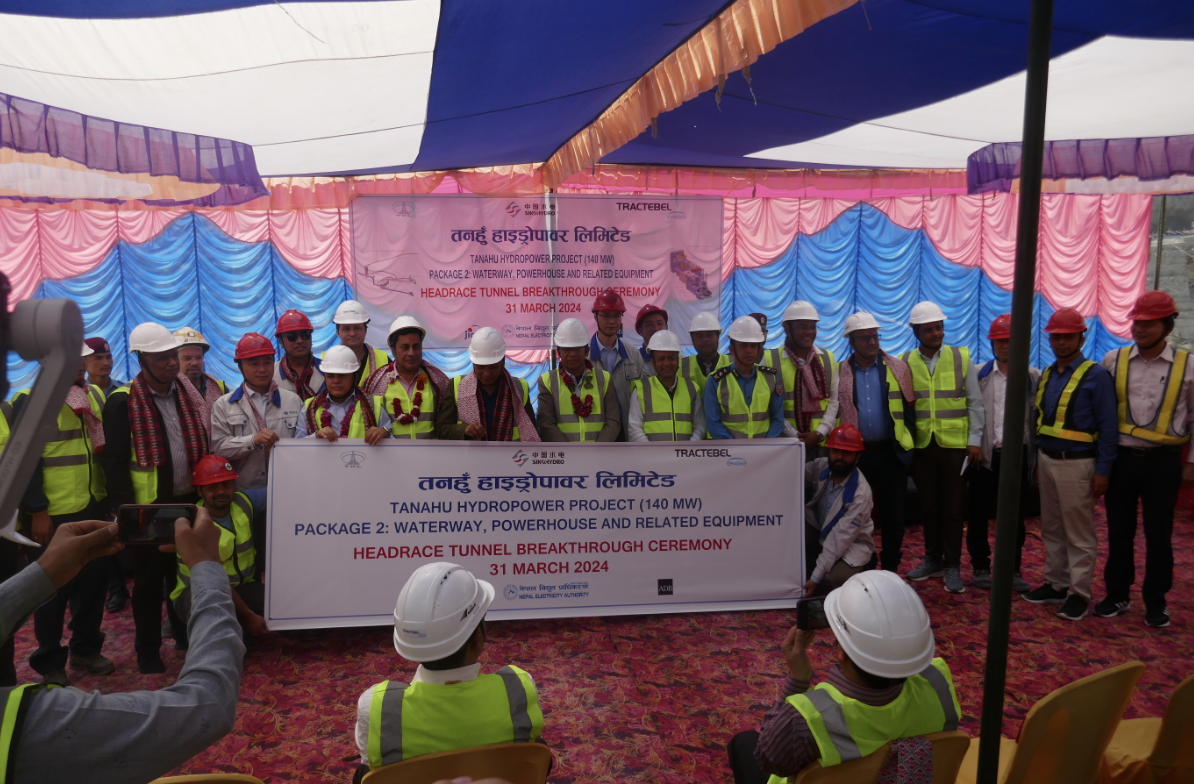The Technical and Commercial report on the Nigeria power sector which was dated 9th of May, 2020 based its verdict on the fact that there is insufficient collection of revenues, high technical and commercial losses and below optimal performance of the existing power plants.
It stated further that deficits of the power generation sector will result in multi-billion dollar economic losses.
The report explained that removing the ‘Aggregate Technical and Commercial Collection’ (ATC&C) Losses will result in positive earnings of the power generation sector after only a few years lead time.
“Still, without additional expansion of generation capacity, accumulated earnings will only become positive after 2028,” the report stated.
Further to electrifying Nigeria, it stated that ATC&C will lead to a sound business environment in the power generation sector that will benefit local companies as well as attract additional foreign investment into Nigeria.
According to the report on consumption of electricity, it stated that while 13 Gigatwatts (GW) of power generation capacity is available, only 3.4 GW is reaching final customers (households, commercial and industrial users) on average, with a peak operating capacity of 5.2 GW achieved in 2018 (versus 5.1 GW in 2016).
It described the existing assets as partly idle and do not actively participate in the energy system, stating that removing severe bottlenecks within the transmission and distribution grid is necessary to allow free flow of electricity.
“This includes rehabilitating defective connections of key substations to the existing control center in order to improve the operation of transmission network and to unlock its potential.
“On this background, the Federal Government of Nigeria and Siemens have defined the Nigeria Electrification Roadmap which is the outcome of series of workshops with the Federal Ministry of Power, Nigerian Electricity Regulatory Commission (NERC), and Transmission
Company of Nigeria (TCN) to shares thoughts and ideas on the power sector situations and align on critical solutions.”
The Roadmap is structured in three Phases, with Phase 1 focusing on essential and “quick-win” measures to increase the system’s end-to-end operational capacity to 7 GW, Phase 2 targeting remaining network bottlenecks to enable full use of existing generation and “last mile” distribution capacities, bringing the system’s operational capacity to 11 GW, and finally Phase 3 developing the system up to 25 GW capacity in the long term, with appropriate upgrades and expansions in both generation, transmission and distribution.
Subsequently, there were further engagements with the Distribution Companies and TCN including field visits to all the eleven (11) Discos to further identify and validate projects for the phase 1 of the roadmap.
The report says the aim is to initiate these projects as quickly as possible so there will be visible impact in the grid within the next two years.
This report covers high-level technical specifications for identified projects in phase 1 and other projects which could be considered in phases 2 and 3.
Aside tangible grid network assets that require an upgrade or replacement, it says there are other intangible projects which are proposed to improve significantly the grid quality and reliability.
In identifying these projects, Siemens stated that it has been technically guided by the preliminary power system simulation analyses carried out on the grid network by Siemens Experts in the Power Technologies Institute. .
But responding to this, Joy Ogaji, executive secretary Association of power Generation Association Companies (APGC) said that the power goes to customers through grid dispatch, stating further that by end of April the generation companies generated 8,500 megawatts but they can only push out to the extent that Distribution Companies claimed they can take. She said power is instantaneous and you cannot keep you have generated.
She described the situation Siemens as accompany that wants to sell it equipment through the Nigerian government and wished the country good luck that is currently happening between the government and Siemens.







